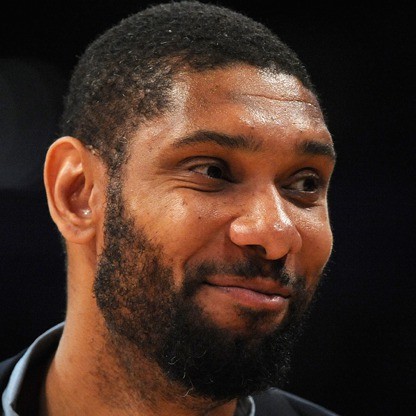Once, there was Louisville. When Memphis State basketball (as the program was then known) ruled this city’s landscape, the Louisville Cardinals played the role of arch villain. There was a glorious, 10-year stretch (1982-91) in which the Tigers and Cardinals faced each other in the Metro Conference tournament nine times, after having played twice already in the regular season. It was pure hate. Milt Wagner and the McCray brothers against Doom Haynes and Keith Lee, games that served as prelude to deep NCAA tournament runs for each program.

Alas, Louisville remains a Final Four threat annually, now from the most prestigious neighborhood in college basketball, the Atlantic Coast Conference. To say the Memphis program has taken a different direction would be an exercise in sugarcoating. There is no more Tigers-Cardinals rivalry . . . except for the emotion those distant memories stir.
But we now have the NBA. We have the Memphis Grizzlies, embarking on their seventh playoff run in seven years. And we have the San Antonio Spurs. Arch villains by a few measures. These dastardly ballers even wear black.
Do you find the prolonged success of the NFL’s New England Patriots tiring, oppressive in their Tom Brady-driven dominance for the better part of two decades? Well, the Patriots can best be described as the San Antonio Spurs of football. Since Gregg Popovich’s first full season as head coach (1997-98), the Spurs’ lowest winning percentage for a single season is .610. (They went merely 50-32 in 2009-10.) San Antonio has won five NBA titles over the last 20 years, and has won at least 50 games 18 years in a row (including the lockout-shortened 66-game season of 2011-12).
The Spurs lost one of the 10 or 15 greatest players in NBA history before the 2016-17 season (Tim Duncan), and went 61-21, second only to Golden State in the Western Conference. Turns out Duncan is not actually a cyborg; it’s the franchise itself that is machine-built and operated, programmed for the kind of sustained success 29 other NBA franchises consider fantasy talk. They now have their own Gasol brother, Pau appearing in the postseason with his fourth franchise, though toe-to-toe with his kid brother for the first time.
Over their 16 years in Memphis, the Grizzlies have enjoyed exactly four 50-win seasons. They’ve yet to reach the NBA Finals (thanks to the Spurs, who swept Memphis in the 2013 Western Conference finals). In nine previous appearances in the postseason, the Grizzlies have been bounced by San Antonio three times. These are bad dudes who play very good basketball, commanded by a man who — even with five rings — is known (sometimes celebrated) for abrasive brevity with on-air reporters, and resting his stars when he damn well pleases, TV ratings be damned. Patriot coach Bill Belichick bows to Gregg Popovich in the Temple of Arrogance.
Memphis will always have 2011, of course. Shane Battier’s corner jumper beat the Spurs in San Antonio (Game 1) for the first playoff win in Grizzlies history. The underdog (8th seed) proceeded to eliminate the top-seeded Spurs in six games. (The 18-point beat-down of the Spurs in Game 4 remains the loudest crowd I’ve heard at FedExForum.) Memphis has lost all nine of its playoff games against the Spurs since that upset six years ago, perhaps a sign that a Faustian deal was, in fact, struck somewhere along the San Antonio River Walk before Battier’s 2011 heroics.
Villains are good. At least in sports, where the stakes are merely trophies and endorsement deals. Memphis-Louisville may be a thing of the past. Soon enough, the Grizzlies’ “Core Four” (first names only: Mike, Marc, Tony, and Zach) may be a thing of the past. But for a couple of weeks, we’ll see some real animosity on the hardwood. No need for “Memphis vs. Errrbody” when we have the Memphis Grizzlies vs. the San Antonio Spurs.
• Sportswriters track milestones, including — once in a great while — our own. This is the 700th column to be posted under the “From My Seat” banner on this site. When my first column went up (in February 2002), Stubby Clapp was preparing for his fourth season of back-flipping to second base for the Memphis Redbirds and Mike Conley was in the 8th grade. The column has been a happy distraction — for 15 years now — from my regular chores as managing editor for Memphis magazine. I’ve enjoyed hearing from readers — touched, angry, or in-between — over the years, and remain grateful for the loyal, engaged readership the Flyer has cultivated for the better part of three decades. So thanks for reading. And if you’re new to the dance, get on the floor and join the fun.
